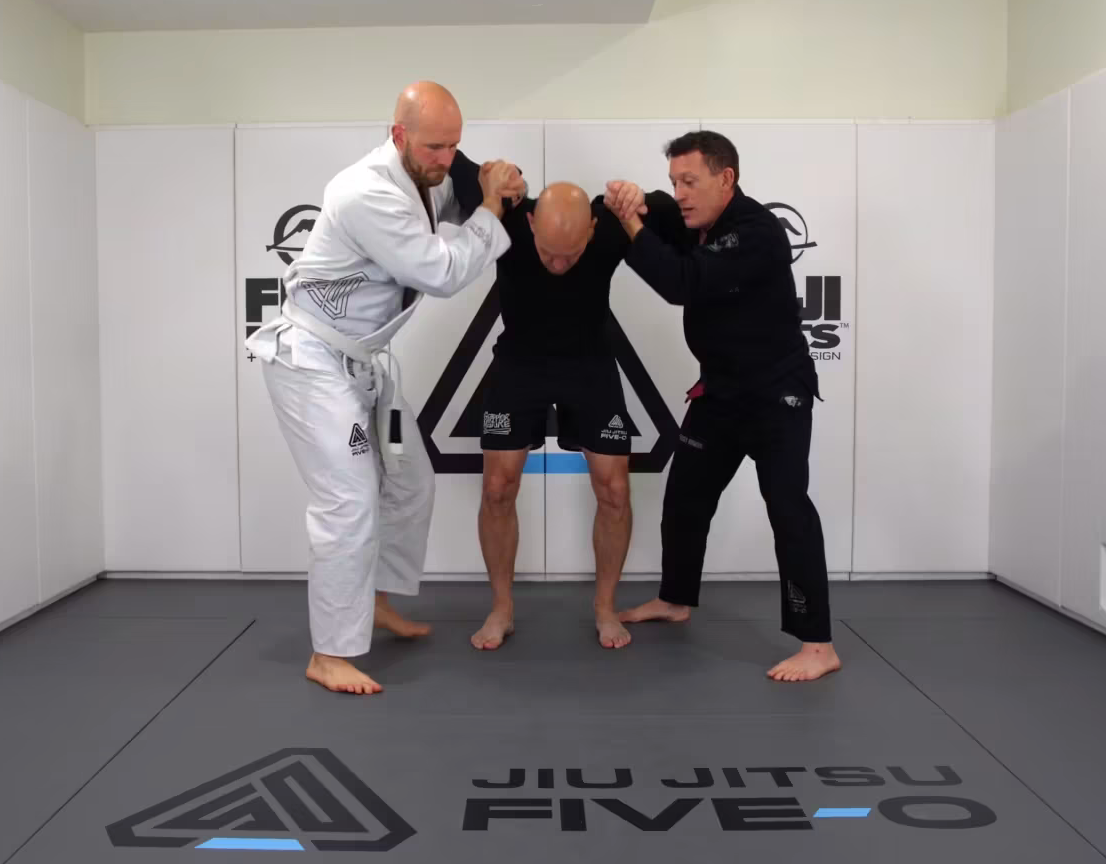Teamwork Makes the Dream Work: Enhancing Police Arrest and Control With Jiu Jitsu Based Team Tactics

In situations where a subject decides not to comply, efficient teamwork can be the difference between a successful arrest and a situation that escalates and gets out of control. The principles of Brazilian Jiu Jitsu (BJJ) offer valuable lessons in control, restraint, and working together that can be directly applied to police arrest scenarios. In this post, we'll explore how integrating concepts from Jiu Jitsu into police training can enhance team tactics, improve safety for both officers and suspects, and minimize unnecessary tools and injuries.
The Importance of Team Tactics
It's common for officers to try and overpower someone when trying to gain control. However, when multiple officers are trying to do this at the same time, it most often leads to officers inadvertently working against each other, pulling a suspect in different directions, and creating a chaotic situation that is more difficult to control. This poses lots of risks, such as escalated force, use of unnecessary tools, and the potential for unnecessary injuries to officers and suspects.
Examples of Effective Takedowns and Positional Control
A well-coordinated team of officers who train Jiu Jitsu can employ a variety of takedowns and control positions that prioritize the safety of all involved. For instance, a controlled takedown that brings a suspect to the ground without injury is a fundamental aspect of both Jiu Jitsu and law enforcement. Once on the ground, officers can use positions such as side control or knee-on-belly to maintain restraint without causing harm. These positions allow officers to control the suspect's movements and prevent them from accessing weapons or causing harm.
Here's an example of a two-officer takedown using the shoulder lock, from our team takedown series in the Jiu Jitsu Five-O App:
Positional Control Over Power
One of the most critical lessons Jiu Jitsu teaches is the value of positional control over relying solely on physical strength. This approach is particularly relevant in police work, where officers often face suspects of different sizes and levels of strength. By focusing on maintaining control through technique rather than force, officers can minimize the risk of injury to themselves and the suspect. This method also allows for better decision making in the heat of the moment, as officers are less likely to resort to excessive force when they're confident in their abilitys and feel in control of the situation.
Integrating Team Tactics Into Police Training
To harness the benefits of Jiu Jitsu in law enforcement, it's crucial to integrate a consistent training program at the agency level. This training should focus not only on the physical techniques but also on the principles of teamwork and communication strategies. Drilling and scenario-based training are great ways for officers practice coordinating their movements and techniques in a controlled environment, preparing them for real world encounters.
Conclusion
The principles of Jiu Jitsu offer valuable insights for law enforcement officers, emphasizing the importance of control, technique, and teamwork in arrest scenarios. By integrating these martial arts into police training, departments can improve the safety and effectiveness of their operations, ensuring that officers are prepared to handle challenging situations with confidence and care. The key to success lies in not only learning techniques but also in understanding how to work together to achieve a common goal.



